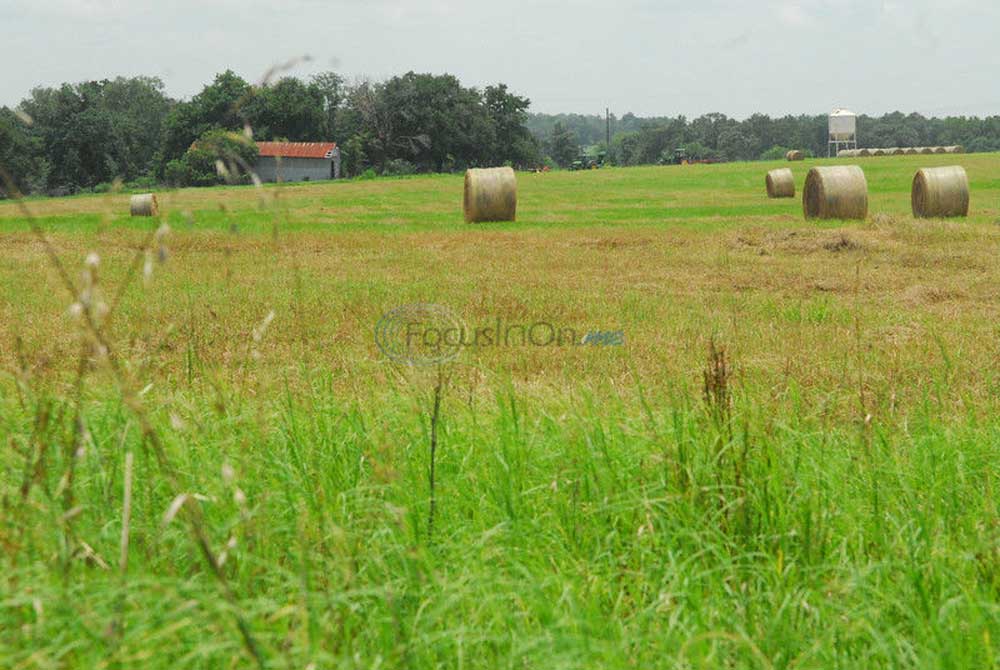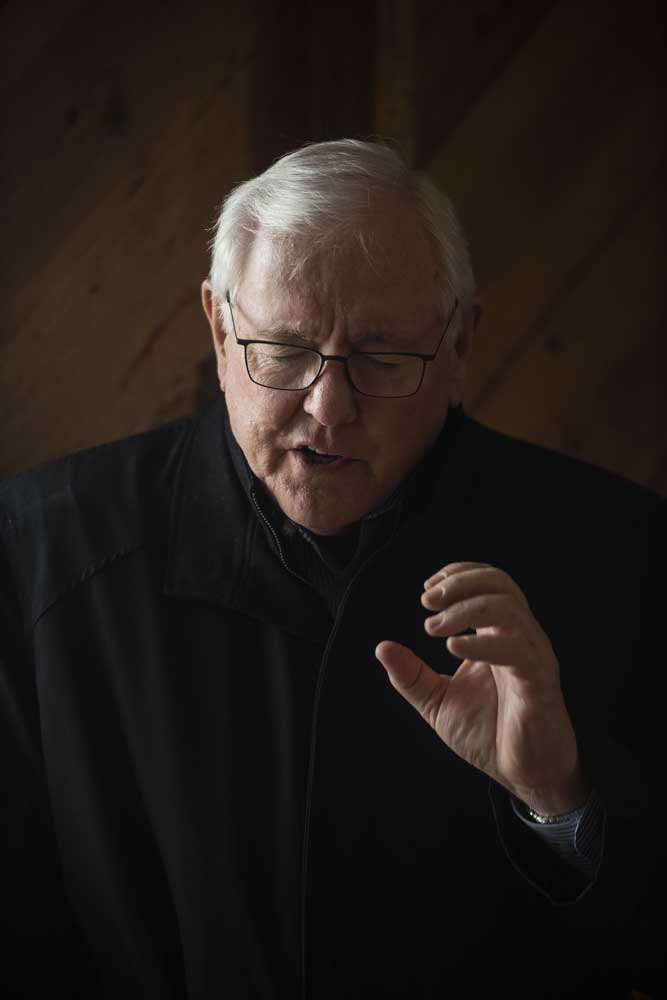Splendor in the Grass: Coastal Bermudagrass has long history in county
Published 10:14 pm Saturday, June 28, 2014

- Steve Knight Outdoor Writer Coastal Bermudagrass.
It wasn’t that long ago that Smith County looked much different, and it all has to do with grass.
There were houses in the country, but they were more spread out throughout the 949 square miles within the county’s borders. There also were homes at working farms.
Straddling the Oak Woods and Prairies and the Pineywoods regions of the state, Smith County was developed by small landowners who, were for the most part, subsistence farmers.
An early census showed there were about 82,000 acres of improved farm and pasture land in 1860. On that land, farmers produced almost 10,000 bales of cotton. They also grew more than 600,000 bushels of corn, 67,000 bushels of sweet potatoes and almost 20,000 bushels of peas and beans. These crops were used to feed families, livestock and three corn-whiskey distilleries in operation in the county.
For the next almost 90 years, these small farms continued to thrive, farming cotton and growing produce for a large canning industry in the area. Crops, such as peas and beans, were farmland staples, along with more than 8,000 acres of cultivated blackberries.
Cattle numbers also grew. In just 14 years after the founding of the county in 1846, there almost were 15,000 cows in the county.
Through time, the small truck farms disappeared and cow-calf operations, and hay to feed them, took their place.
If a date could be placed on the county’s transformation from farming to cattle, it might be a day in 1955 when members of the East Texas Farm and Ranch Club returned from Tifton, Georgia, with sacks stuffed with sprigs of Coastal Bermudagrass.
Discovered by U.S. Department of Agriculture researchers in the 1930s, the hybrid Coastal variety was a cross between a common Bermudagrass found in Georgia and a hay-type grass from South Africa. Without producing seeds, the grass was different in that it had to be propagated by disking sprigs into the ground, but the amount of forage it ultimately produced was worth the effort.
For farmers wanting to shift their land into pasture, and those already raising cattle, it was a game changer.
“On the 28-day cycle, we have for hay, it produces so much more tonnage than the (native) grasses we had,” said Chad Gully, Texas AgriLife Extension Service agent for Smith County.
Providing enough forage to sustain a cow on one to three acres of pasture, Coastal bermudagrass has become a major commodity for Smith County.
“We estimated in 2012 that hay production had a $10 to $13 million economic value. Production was down (because of drought), but the value went up. Hay is a big commodity for the county. It is the No. 3 commodity. We have nursery production, beef production and then hay,” Gully said.
Hayden Moore was a teenager when Coastal bermudagrass arrived in Smith County, but today his 240 acres of pasture is covered with grass from the first sprigs brought back.
“I bought a farm from W.D. Dyess. He was a friend of Paul Brush, and they brought (sprigs) back in tow sacks under the bus seats that they kept wet all the way back,” Moore said.
Through the years Moore cut sprigs from that field and planted it in his other pastures. He said its introduction was the single-most important change resulting in successful cattle operations — not just in Smith County, but for all of East Texas.
“We had common bermudagrass, but it wasn’t drought resistant like this is, and native pastures of whatever wouldn’t grow much of anything. We couldn’t run a cow to seven or eight acres,” Moore said. He added today he runs slightly more than a cow to two acres.
While today’s improved pastures provide both grazing forage and hay for winter feed, the native grasses didn’t produce much forage that farmers could store for winter.
“What we used to do is bale the bottoms that had dallisgrass and other grasses,” Moore said.
In a good year, today’s producer can get up to five cuttings, but Moore said he prefers to do two because hay made before August is more palatable. After his second cutting, he lets the cattle come in and graze the fields.
This year’s harvest is behind schedule because of a cool early spring and a wet late spring. There is a lot of grass growing, farmers just aren’t getting the breaks necessary to cut and bale it.
While Coastal bermudagrass does have its pluses when compared to native grasses, there are drawbacks. Like any grass, it needs rain. In the last five years, East Texas hasn’t received abundant spring and summer rainfall, and that has hurt production.
The biggest drawback may be that it has higher nutrient requirements in the form of fertilization. Increased fertilizer costs can be a burden to producers, especially in a time of reduced production.
Another downside to Coastal is that it isn’t wildlife friendly. Deer cannot digest it, and quail are unable to walk through its thick growth.
Still, the grass flourished in the county. It did so well that at one point in the 1990s local leaders saw Smith County being the ideal location for horse farms attached to a growing racing industry. It appeared the country was ideal because of the quality and quantity of the hay here and the counties proximity to Shreveport’s Louisiana Downs and what became Lone Star Park in Dallas-Fort Worth. However, the sport did not grow as expected, and the horse farms did not develop sufficiently.
The Extension Service’s Gully said that there are a lot of pastures in the county still filled with the original Tifton grass, but in the past 15 or so years some have been renovated and new ones established using newer varieties of grass such as Tifton 85 and Jiggs, a rapidly growing, high protein, variety developed in Northeast Texas.







